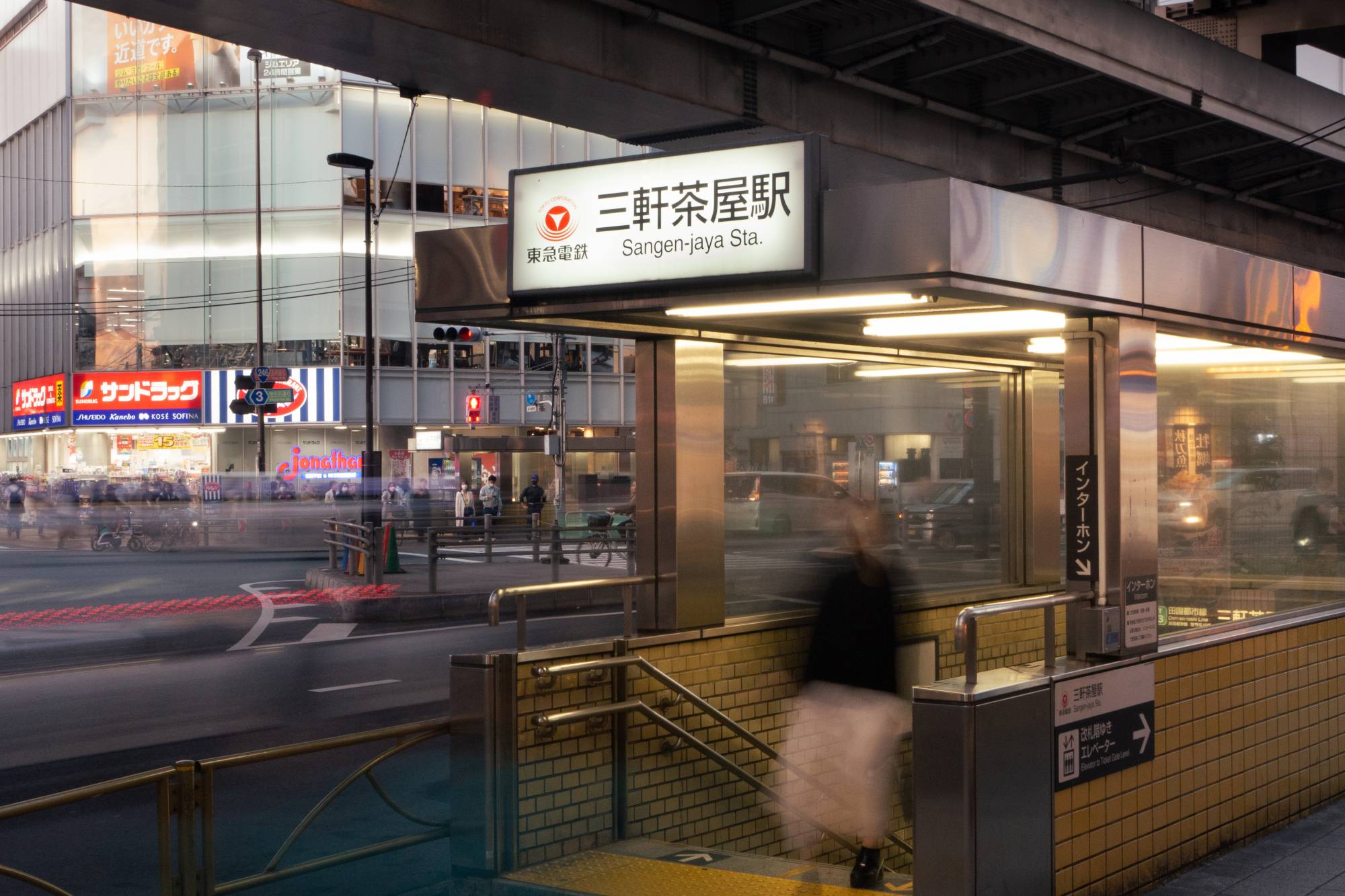Much to the dismay of many of its learners, written Japanese is an intricate blend of kanji and kana characters that seem to follow a logic entirely of their own. But it is of course possible to write Japanese in roman letters, too, as most commonly done for transliterating names of persons or places. This practice is well-known as ローマ字 (rōmaji, roman characters) writing. Not so well-known perhaps is that there are slightly different sets of spelling rules, and that’s where the trouble begins.
When elementary school students in Japan first learn about romanizing their language, they are instructed to use what is called the 訓令式 (kunrei-shiki, Kunrei system) rules. Foreign learners, by contrast, normally approach the language via the Hepburn system, known as ヘボン式 (hebon-shiki) in Japanese. The main differences between the two orthographies are the spellings for し (shi), ち (chi), つ (tsu) and ふ (fu), plus a couple of combinations and derivations, such as しゃ (sha) or じゃ (ja). As you can infer from the bracketed transliterations in the previous sentence, The Japan Times generally uses the Hepburn system; in Kunrei it would be し (si), ち (ti), つ (tu), ふ (hu), しゃ (sya) and じゃ (zya), respectively.
Hepburn is clearly more faithful to factual pronunciation — what linguists call a shallow orthography — and is therefore particularly helpful to readers unfamiliar with Japanese. Kunrei, on the other hand, gives preference to the underlying systematics in word formation and etymology, a feature of, you guessed it, deep orthographies. Take ち and つ, for instance, where Kunrei’s ti and tu remind us that they once started with the same single consonant sound, while Hepburn’s chi and tsu is more concerned with how they are actually pronounced in present-day Japanese.



